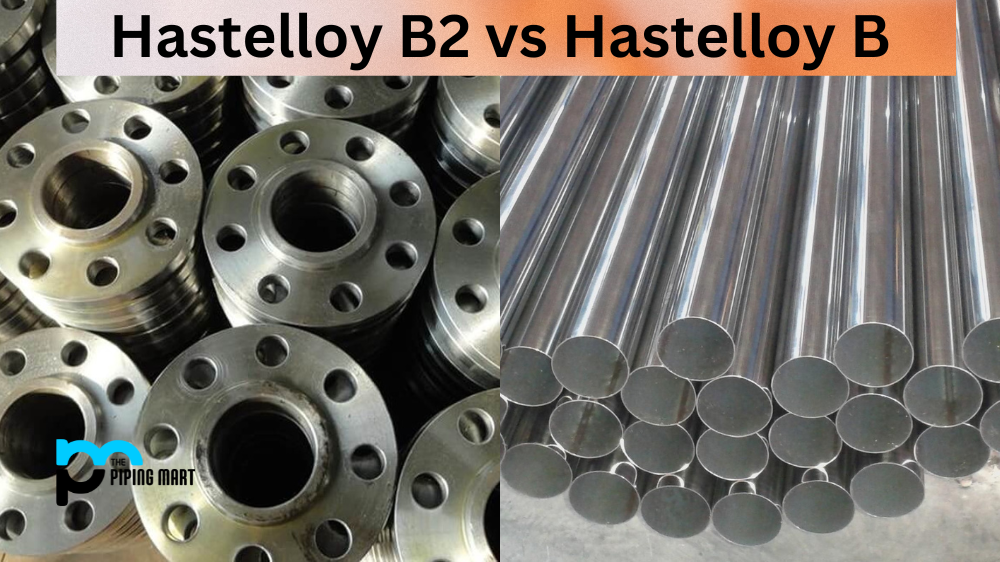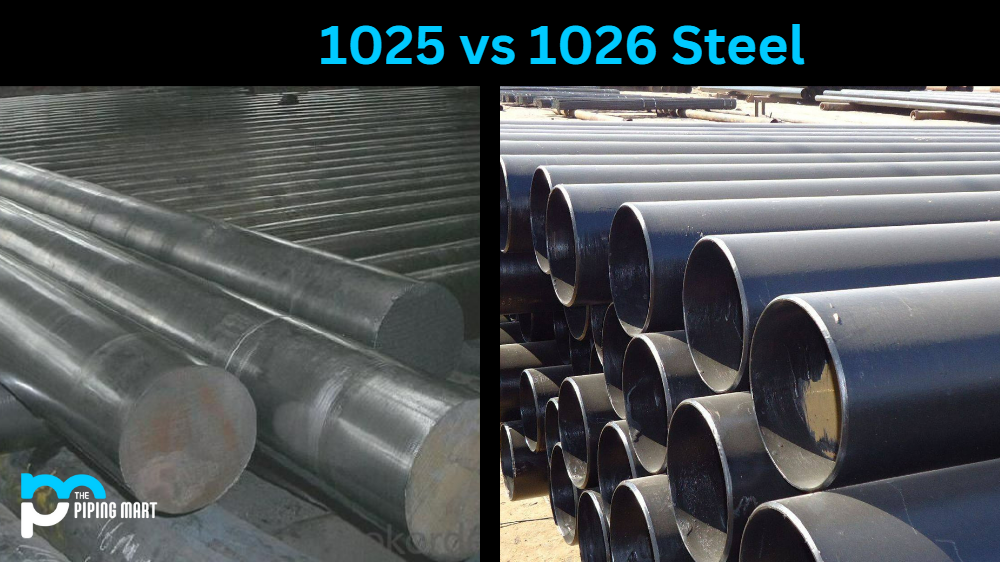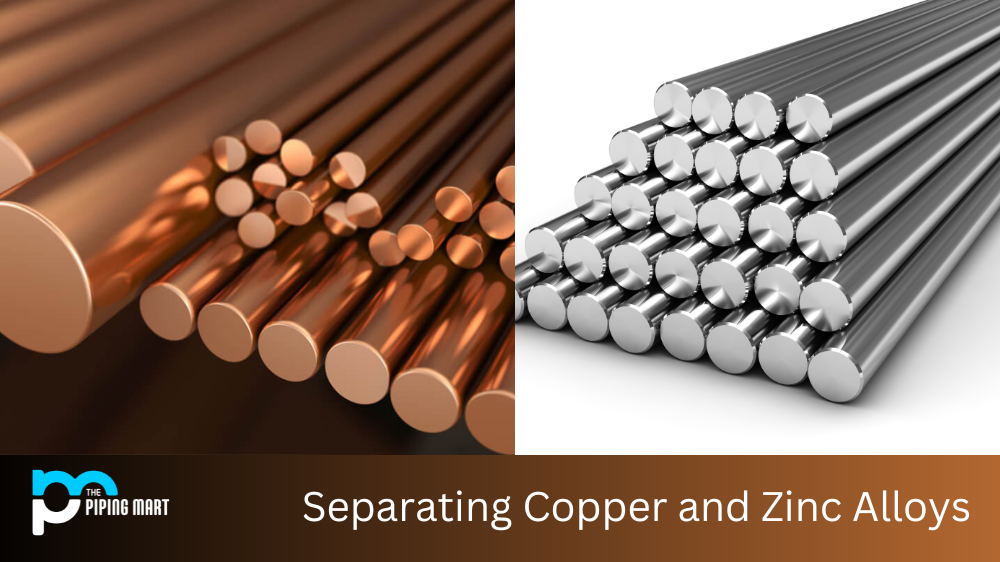When finding the right alloy for your project, it’s important to consider all the options available to you. With so many different alloys on the market, choosing the one best for your application can take time. Two popular choices among engineers and manufacturers are Hastelloy B2 and Hastelloy B. In this blog post, we will closely examine and compare these two alloys.
Difference Between Hastelloy B2 and Hastelloy B
Composition
The first major difference between Hastelloy B2 and Hastelloy B lies in their composition. Hastelloy B2 is a nickel-molybdenum alloy containing 2-3% iron, while Hastelloy B is a nickel-chromium-iron-molybdenum alloy containing tungsten and cobalt. The additional elements in Hastelloy B make it more resistant to oxidation and corrosion in high-temperature applications.
Properties
Hastelloy B2 has excellent resistance to both reducing and oxidizing acids. The alloy also has good resistance to stress-corrosion cracking and pitting corrosion. In addition, Hastelloy B2 has excellent resistance to both hot and cold work.
Corrosion Resistance
Hastelloy B2 and Hastelloy B are highly corrosion-resistant but excel in different areas. Hastelloy B2 is best suited for sulfuric acid environments, while Hastelloy B is better for use in acetic and hydrochloric acid environments. If your project involves exposure to multiple types of acids, Hastelloy B may be the better choice.
Weldability
Hastelloy B2 and Hastelloy B have different weldability properties. Hastelloy B2 is easier to weld than Hastelloy B due to its lower carbon content. It can be welded using standard methods such as gas-tungsten arc welding and gas-metal arc welding. On the other hand, Hastelloy B requires preheating and post-weld heat treatment to maintain its corrosion resistance.
Temperature Range
The temperature range in which each alloy performs best is another important factor to consider in your decision. Hastelloy B2 has a higher maximum operating temperature than Hastelloy B, with a maximum of 1,900°F compared to 1,800°F. If your project involves exposure to high temperatures, Hastelloy B2 may be the better choice.
Cost
Finally, it’s important to consider the cost of each alloy. Due to its simpler composition, Hastelloy B2 is generally less expensive than Hastelloy B. However, the cost will ultimately depend on the size and complexity of your project and the availability of each alloy.
Conclusion
In conclusion, Hastelloy B2 and Hastelloy B have unique properties and advantages. The choice between the two will ultimately depend on the specifics of your project and the environment in which it will be used. By considering factors such as composition, corrosion resistance, weldability, temperature range, and cost, you can make an informed decision to ensure your project’s success.




